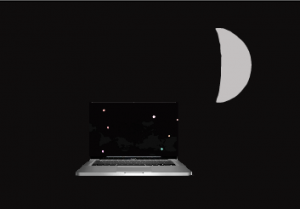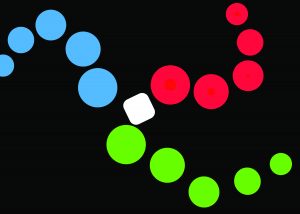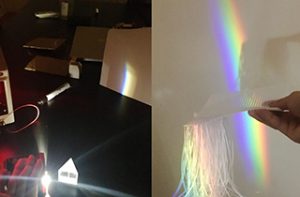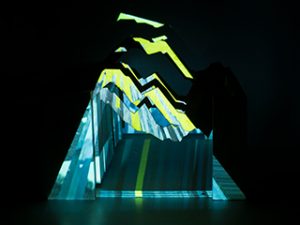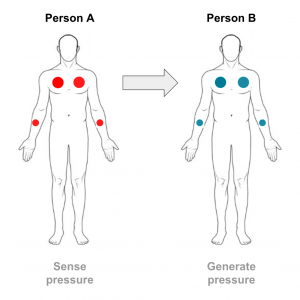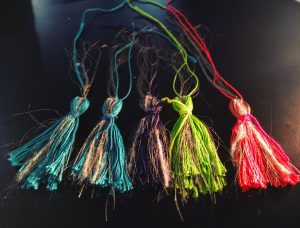Paula Leonvendagar
With an archive of dreams I´ve register over 20 years (since 1995 to 2015) I am creating a platform that makes them interact with the audience. <br />
http://www.paulaleonvendagar.com/2016/12/05/dreams-interaction-installation/
Description
“Dreams Interaction” is a platform to archive and reflect about dreams from a narrative, personal and collective perspective.
It´s both an web base application and an installation. The application is a web page with circles that are moving around the screen, when the user interacts them with the mouse a dream is display (through sound, written or with an animation). The dreams comes from an archive of dreams I have written since 1995, and also from the input of the users. If you “clic” one of the circles a form is display. In this form the user can share a dream. In return, the user will receive a dream from the archive that has more common keywords with their own dream.
The project has two archives, one with my own dreams and one with users dreams. So the dream that the user receives will come back from both.
To create the proper atmosphere for this project I will create a dark space, with a moon projected on the wall. This projection comes from a Moon Phase Lamp (which is my Physical Computing Project). The space will be clean and dark, just with the moon projected and a computer where the visitor can interact with the application.
The Moon Phase Lamp is a lamp that projects in the wall the moon as it is in each day of the year. It changes each day so it shows exactly where the moon cycle is each day.
Classes
Introduction to Computational Media ITPG-GT.2233.007, Introduction to Physical Computing ITPG-GT.2301.003

